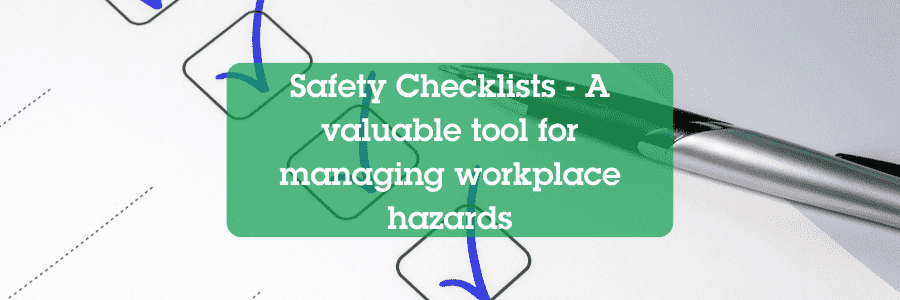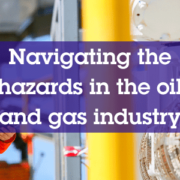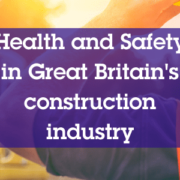Safety checklists: A valuable tool for managing workplace hazards
Why Safety Checklists Are Essential
Safety checklists are an essential tool for managing workplace hazards and ensuring a safe work environment. They provide a structured approach to identifying, assessing, and mitigating potential risks while also helping organisations maintain compliance with health and safety regulations. In this article, we will explore the benefits of them and offer tips for creating effective checklists for your organisation. By incorporating the insights gained from the NEBOSH General Certificate, safety professionals can develop comprehensive and tailored checklists that encompass a wide range of safety considerations. This certification equips individuals with the expertise needed to conduct thorough risk assessments and implement best practices, making safety checklists more robust and efficient.
Additionally, the NEBOSH General Certificate training enhances the understanding of relevant health and safety regulations, ensuring that checklists align with legal requirements. With well-structured and informed safety checklists in place, organisations can proactively address potential hazards, reduce the likelihood of accidents, and foster a safety-focused culture.
1. Systematic identification and assessment of hazards
Safety checklists provide a systematic method for identifying and assessing potential hazards in the workplace. By following a structured checklist, employees can ensure that they consider all aspects of the work environment and do not overlook any potential hazards.
2. Facilitate communication and collaboration
Safety checklists can facilitate communication and collaboration between employees and management. By providing a clear framework for discussing workplace hazards, checklists encourage open dialogue and promote a shared understanding of the risks involved in various tasks.
3. Help maintain compliance with health and safety regulations
Safety checklists can help organisations maintain compliance with health and safety regulations by providing a structured approach to hazard identification and risk assessment. By documenting the steps taken to address potential hazards, organisations can demonstrate their commitment to safety and protect themselves from potential fines and penalties.
4. Support employee training and development
Safety checklists can serve as valuable training tools, helping employees develop a better understanding of the hazards they may encounter in their work environment and the precautions they should take to stay safe. By using checklists as part of ongoing safety training, organisations can ensure that employees remain aware of potential risks and maintain a high level of safety competency.
5. Promote a proactive approach to safety management
Safety checklists encourage a proactive approach to safety management by prompting employees to identify and address potential hazards before they result in accidents or injuries. This proactive approach can help organisations reduce the frequency and severity of workplace incidents and create a safer work environment for all employees.
6. Aid in continuous improvement
Checklists can be used to track and document improvements in workplace safety over time. By regularly updating and reviewing safety checklists, organisations can identify trends and patterns in safety performance, making it easier to implement targeted improvements and measure the effectiveness of safety initiatives.
Managing Workplace Hazards
Safety checklists are a valuable tool for managing workplace hazards and ensuring a safe work environment. By providing a structured approach to hazard identification and risk assessment, facilitating communication and collaboration, and supporting employee training and development, safety checklists can help organisations reduce the risk of accidents and injuries and maintain compliance with health and safety regulations. To maximize the benefits, organisations should ensure that they are regularly reviewed, updated, and integrated into their overall safety management system.
The NEBOSH General Certificate provides safety professionals with the expertise needed to develop comprehensive and effective safety checklists, ensuring that they encompass all relevant aspects of workplace safety and contribute to a proactive safety culture.







Relevant information